When I built this Electronic Sculpture a couple weeks ago I did not have this contest in mind. I was confronted with a situation where I had a beautiful Electronic Circuit board salvaged from a Dental Panoramic X-Ray Machine. I originally had 3 of these boards and I had salvaged the components from two of them. As I held the third in my hands I began to think that it really had a beauty of its own and since I did not need any more of the parts on it perhaps I could find a better use for it.
This project very quickly took on a life of its own. As you can see the board is quite highly populated. The plan was to begin by adding LEDs to the board. I hoped that a bunch of randomly blinking LEDs would remind the viewers of the robot and android brains that are in the movies. Since it was to simulate a brain I decided to call it The Thinker Revisited. I wanted to use the original components of the board as much as possible. In the end I would only be able to incorporate a dozen or so of the original components as the board is multilayered and the complexity of isolating and using individual components or sections of the circuit proved to be too difficult. After some thought I decided to begin by placing LEDs between the rows of 14 an 16 pin DIP ICs. Holes were drilled and the LEDs were friction fit into the board. Once the spaces between the ICs were used up I continued to place LEDs in other strategic positions.
Over the years I have used small Chinese circuit board kits to get my Grandchildren interested in electronics. One of the kits that is always popular is called a scanner.
This kit lights the LEDs one by one and then goes back to the beginning and starts over again. In addition it has a variable Pot whereby the speed can be adjusted and with a few substitute components the speed can really be adjusted up or down. I decided to use 3 of these circuits set at different speeds to power the LEDs on the Circuit board sculpture. The LEDs would be wired to each board at random and the difference in speed between the boards would give a random non-repeating sequence to the lights. A fourth Scanner was also build and designed to have a variable speed of from 1 cycle per minute to over 1 cycle per ten minutes. This 4th circuit would power some of the LEDs but it would also enable or trigger other kits that I had now decided to try to incorporate. Here is what the back of the board looked like after the 4 Scanner Kits were installed. The second picture focuses in on the area where the two five volt rails are generated by LM7805s mounted on two of the circuit boards original heat sinks.
I would normally route the wires in a more professional way but this isn't electronics it is Art and I wanted it to look messy and complicated. The four scanner boards are hot glued to the back of the original circuit. The scanner at the bottom is the slow one. It sends a high to the rest of the LEDs not covered by the other scanners and it also sends a High to several MOSFETs which in turn power other kits or it may also trigger the start of a kit directly or though a relay.
At this point I was on a roll. The primary power rail of The Thinker was to be 9 volts to 12 volts and the demands of what I wanted to do also would require two 5 volt rails. One of the 5 volt rails would be used to power the 5 volt kits while the other 5 volt rail would be constantly powered and would supply a PIR motion detector. I wanted The Thinker to sit in a sleep mode and then come to life when someone approached it. I used a Parallax 555-28027 to do this chore.
https://www.newark.com/parallax/555-28027/pir-infared-measurement-sensor/dp/11X5850?ost=Parallax+555
The PIR when activated pulls the gate of a NTD 4906 MOSFET high and this in turn pulls the main ground rail of the rest of the electronics down to true ground. The PIR was quite quick to reset and initially The Thinker would fall back to sleep unless the audience was constantly moving. A reasonable sized capacitor on the output of the PIR solved this problem. Now there is about 8 seconds before the machine will return to sleep. If you look closely to the top left of the PIR there is a SPDT Center Off switch that is associated with the PIR. This switch allows me to select the use of the PIR, Override the PIR and turn the machine on continuously or in the center off position the machine remains in sleep mode. The only thing that works in the center position is the PIR will glow red when it detects movement in its IR field.
The next challenge was to see how many interesting and impractical kits and circuits I could incorporate on the board. I began to survey the board for spots where I could put another small circuit board without obscuring the beauty of the original board. Since the Gendex HVDC board had an irregular shape this was used to allow me to attach boards around the edges.
Along the top of the unit there are three volt meters that read out the voltage of the main power supply and then on either side we have the display of the 5 volt supplies. When they were first powered up both of the voltmeters for the 5 volt supplies gave a read out of 5 volts. Go figure? This was great for the electronics guy in me but the Artist would have nothing to do with it and so both of the meters were intentionally mis-calibrated so that one would read 4.9 Volts and the other 5.1 volts. The artist and the technician had to in the end compromise with my OCD tendencies and at least they were set symmetrically about the original 5 volt point.
One of the first additions was a small kit that rolls a die. When it is triggered all 7 LEDs, configured so as to look like the face of a Die, are pulsed so quickly that they all appear to be lit. As the pulsing gradually slows you can see that they are indeed flashing and finally they come to rest and stay lit on one of the six die possibilities. This kit is triggered by the slow cycle of the 4th scanner. You can see in the picture that we have rolled snake eye this time.
Another kit that is mounted above the Die kit is a siren kit. This circuit has 4 SPST slide switches that allow the user to program 16 different siren sounds. This kit is also triggered by the slow scan of the 4th scanner. I put an on - off switch on this circuit as there are times when a siren is good and times when it is not. The boss goes to sleep early and I am running this crazy thing at 1:00 AM so it needs an OFF switch which is visible above the top left corner of the board. Also visible in this picture is the VU meter on the left side. I happened to have the guts from a kids megaphone and it seemed like a perfect application. The Microphone and amplifier are mounted near the center top of the main board and any sound that is detected is fed to the VU meter. the black disk behind the MIC is a volume control so that the output to the VU can be optimized. The kids like to clap or holler to make the VU meter jump.
On the right side of the Thinker I have installed a board that wasn't a kit. It is a circuit that allows you to record up to ten seconds of audio and then play it back as many times as you want. Since I have called my sculpture project The Thinker Revisited I have recorded the message " Please don't bother me I'm thinking" on the recorder circuit. This board is also triggered by the slow cycling fourth scanner circuit.
Just to be irritating I have on beeper sonalert that is tied to one of the faster scanners. This unit beeps every time that one specific LED is lit. When you watch the video at the end see if you can determine which one it is. This beeper feature also has a switch which can be seen to the left of the beeper module. This switch was installed specifically to preserve my own sanity.
One of the last kits that I installed was an Infrared switch very similar to the switches that are used to turn on water faucets. This kit has a relatively short range of 15 to 20 cm. I wanted to have the kit run something that was obvious and interactive but I didn't know what that was going to be right away. I have found that sometimes it is good to let things rest and not be too impatient. Sure enough a couple days later I got the idea to add a small fan with red streamers. Now when a person puts their hand near the machine a little fan comes on and blows air on the person. In this picture you can almost see the red streamers flailing about. It looks like the die is processing a roll too. I have included the schematic for the IR Switch. When ever I build these kits I like to improve the schematics that are supplied or go back and reverse engineer a schematic if one is not supplied. This always helps me to better understand the circuit and the possibilities to modify it.
Now that we have had a tour of the individual parts of The Thinker Revisited here is a video that shows you how it all comes together. In the video I have set up the machine and then waited until it went to sleep. As soon as I start the video I moved and the machine begins its cycle.
I want to thank my friends on the Forum for seeing something in this project and encouraging me to enter it in the Electronic Art Contest. When I was a boy I built a lot of "Do Nothing Machines" using electronic parts and junk that I had salvaged. This is the first do nothing machine of this magnitude I have built in 55 years. I always felt that I was making do nothing machines since I wasn't smart enough to make one that actually did something. Now I learn that I was actually doing Art. Cool! In any case, it was a nice relief from the stress of the politics, pandemic, and civil unrest that currently surrounds all of us.
Thanks for checking it out.
John

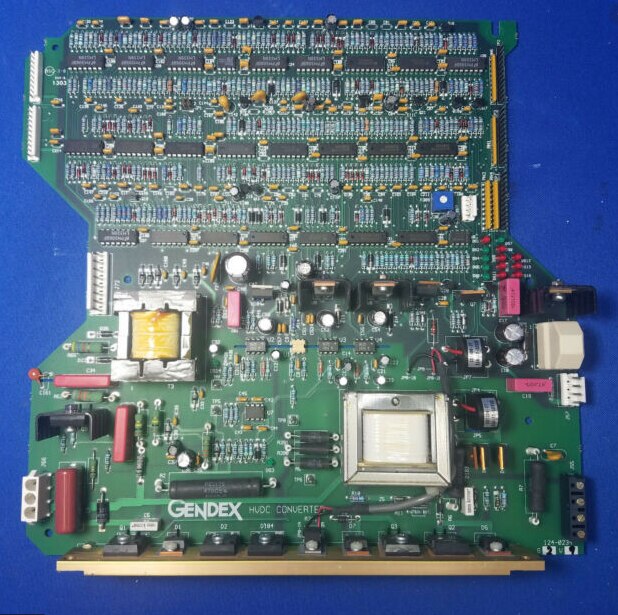
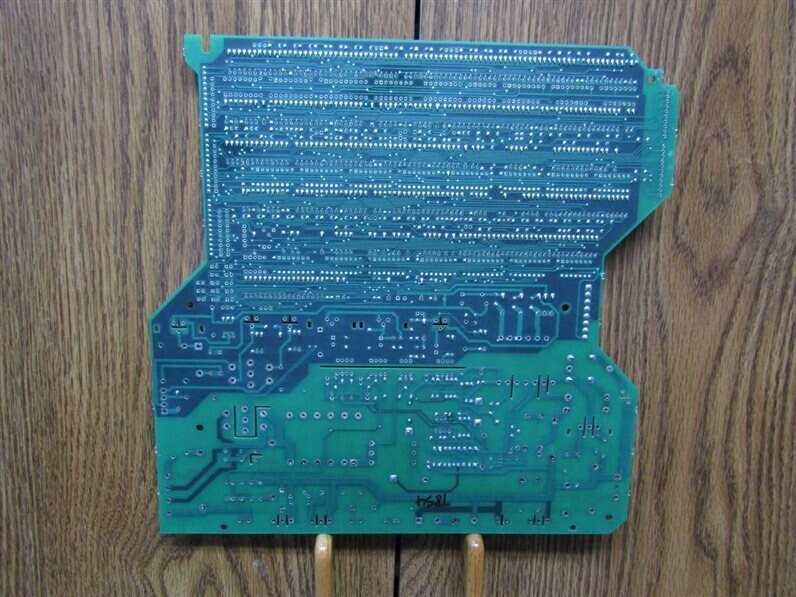
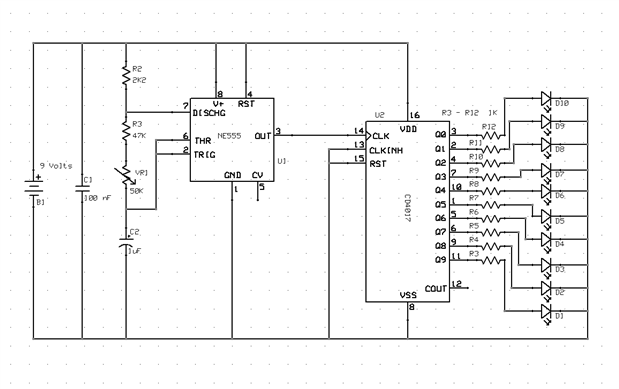
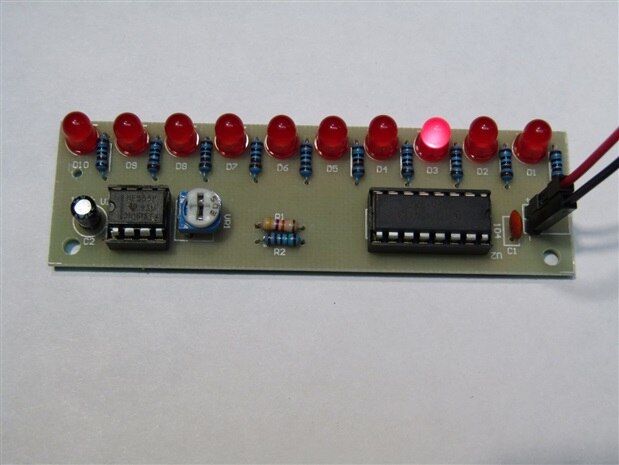
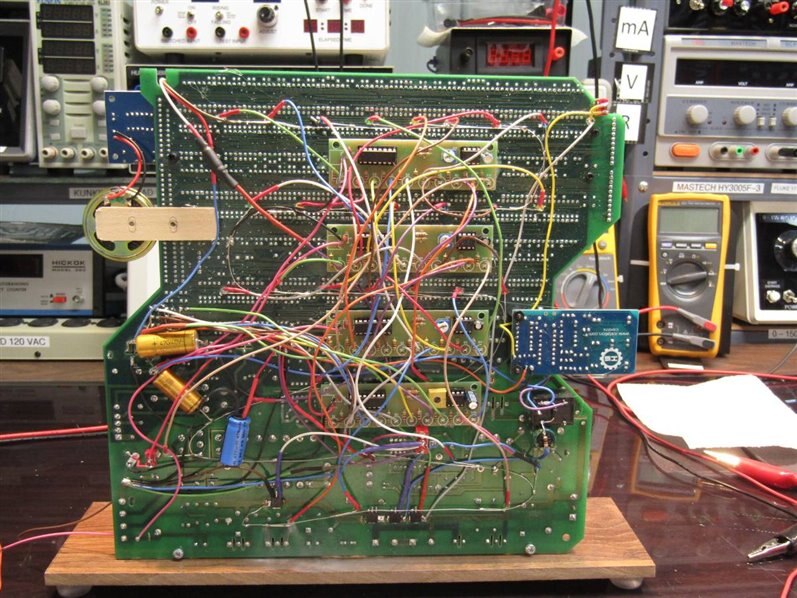
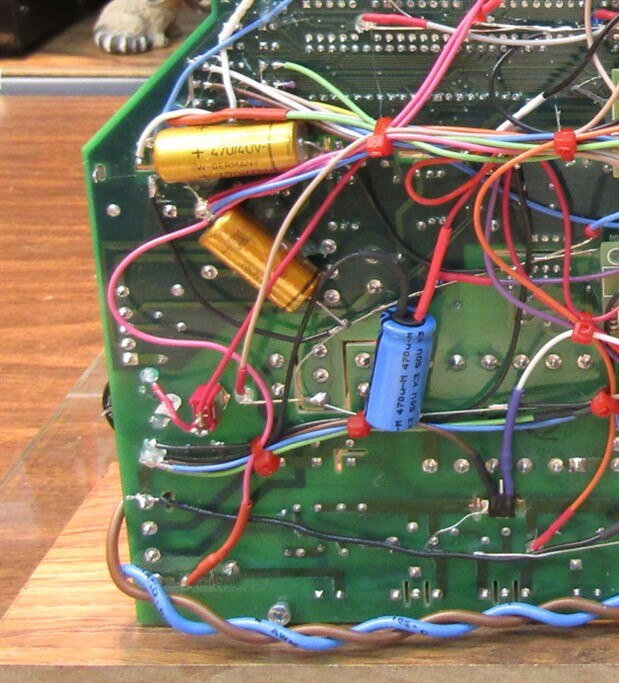
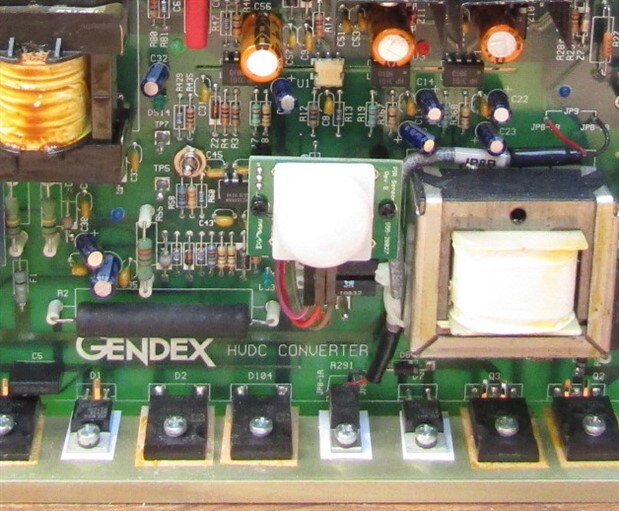
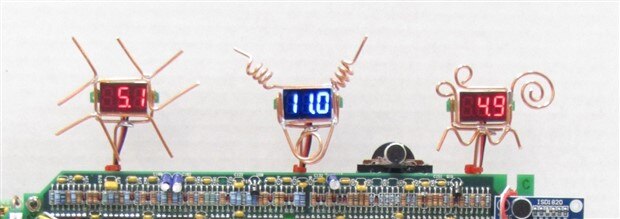
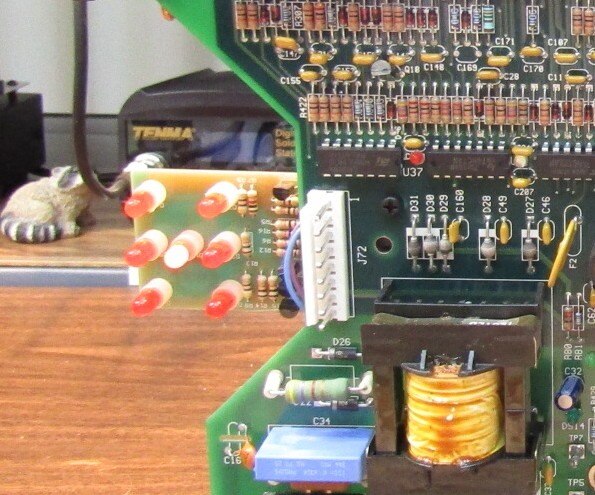
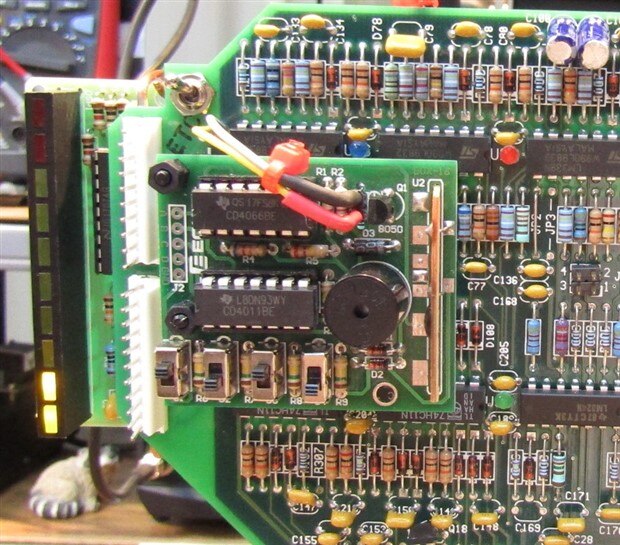
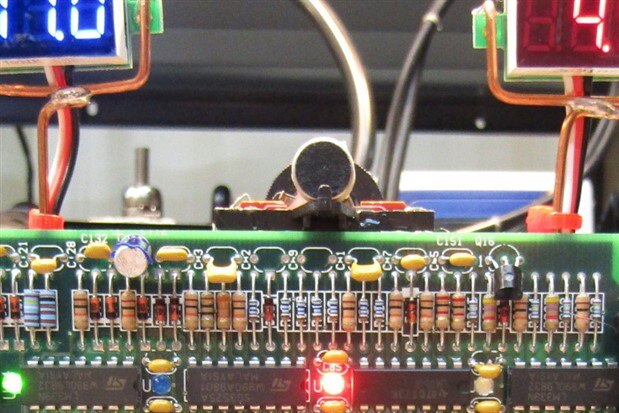
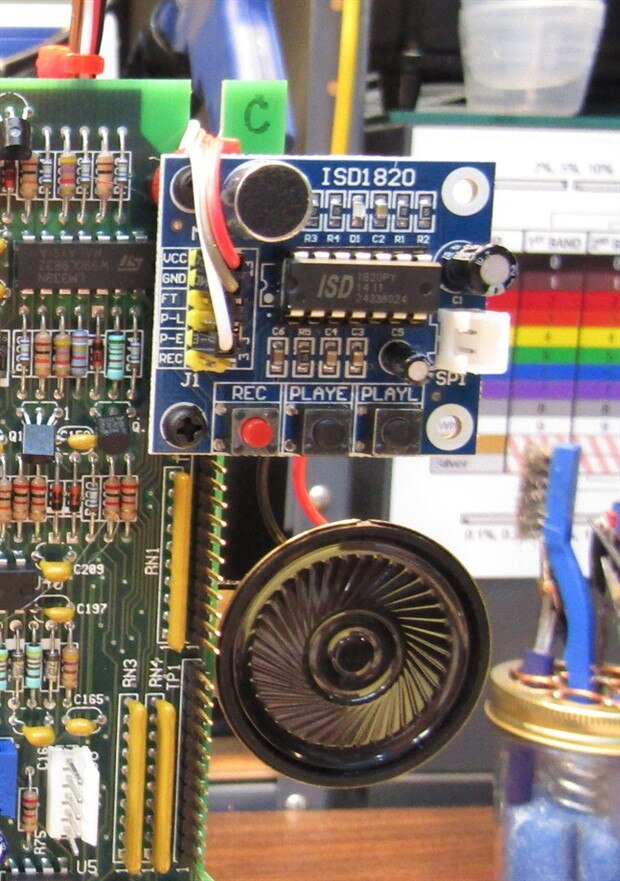
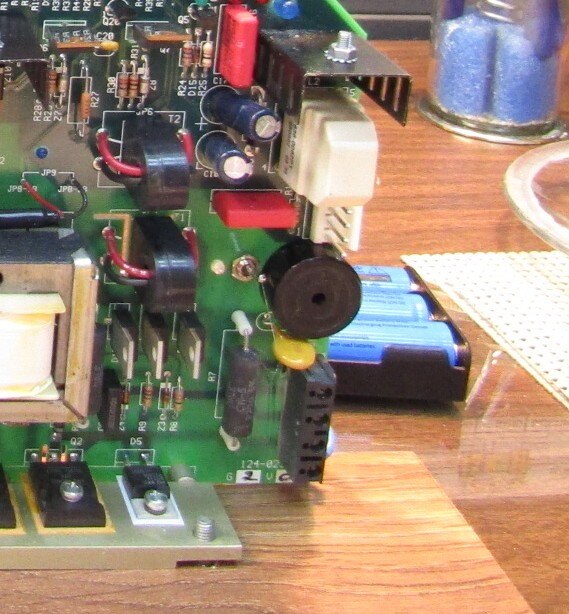
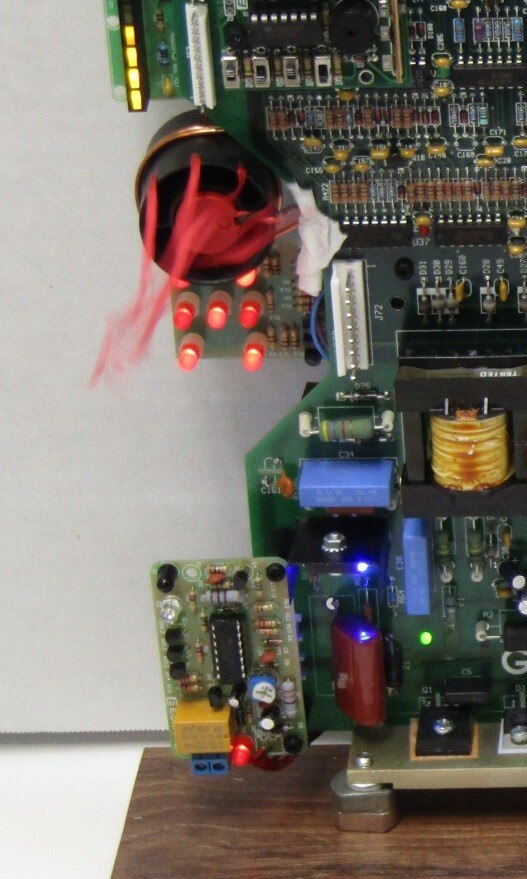

Top Comments
-

jw0752
-
Cancel
-
Vote Up
+4
Vote Down
-
-
Sign in to reply
-
More
-
Cancel
-

jw0752
in reply to jw0752
-
Cancel
-
Vote Up
+5
Vote Down
-
-
Sign in to reply
-
More
-
Cancel
Comment-

jw0752
in reply to jw0752
-
Cancel
-
Vote Up
+5
Vote Down
-
-
Sign in to reply
-
More
-
Cancel
Children